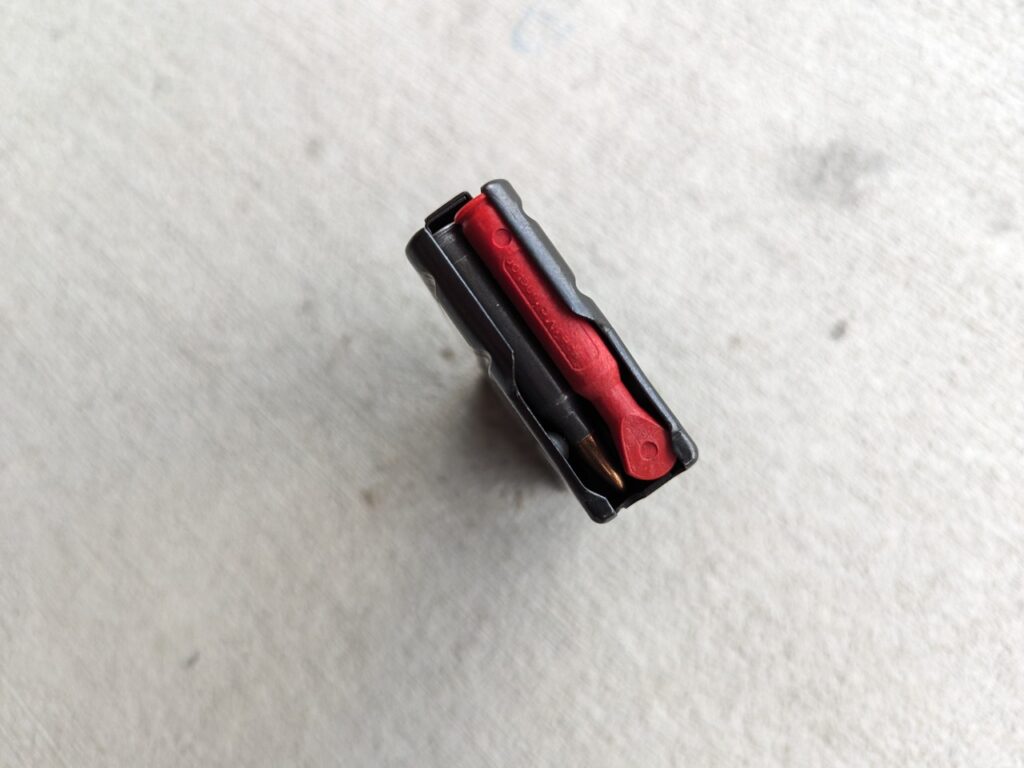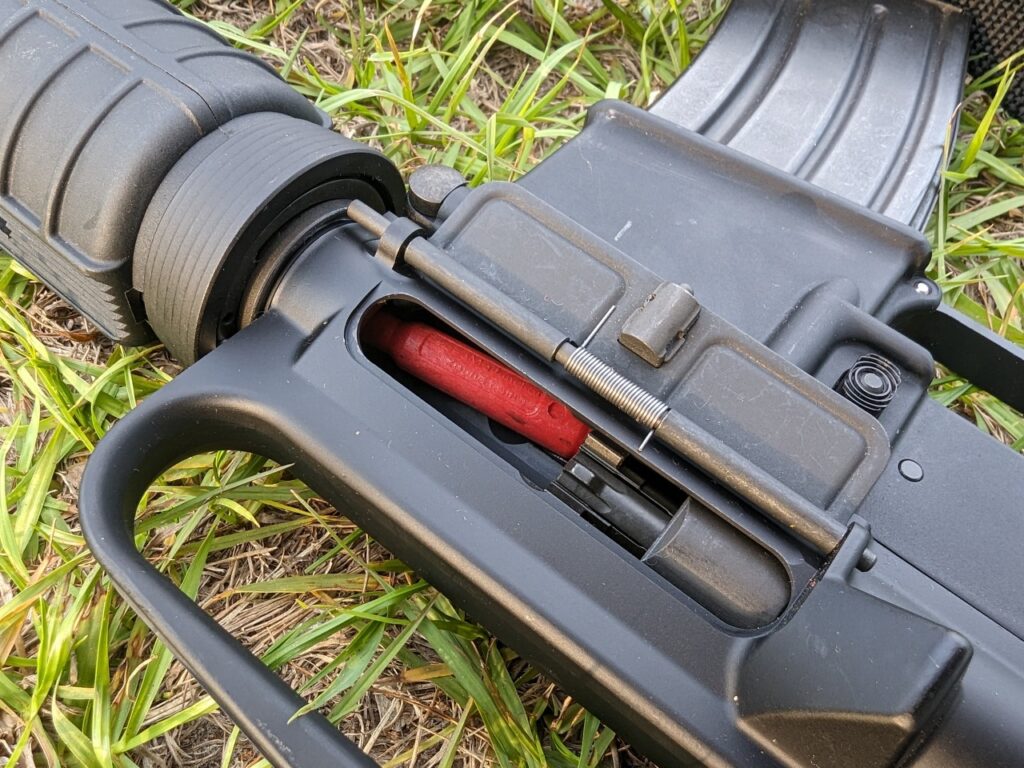I’m a fan of spaces between words. Something about basic English appeals to me, and companies like SIG Sauer seem to hate them. Companies like Live Fire Training also hate spaces, so we get the Type3MalfunctionRound. That’s their spelling, and while it’s not attractive to look at, it’s what’s on the inside that counts. The Type3MalfunctionRound from a little company called Live Fire Tactical Training is a very simple and affordable training tool to sharpen your skills in fixing malfunctions.

We live in a day and age where guns are reliable—super reliable. Even affordable firearms tend to be quite reliable. It’s rare that you have to practice clearing malfunctions these days. With that in mind, the Type3MalfunctionRound is here to induce malfunctions on demand. Snap Caps can give you that tap, rack, bang training, but as the name implies, this round forces you to practice your type 3 malfunctions.
Advertisement — Continue Reading Below
If you’re new to this game, a type 3 malfunction is a complicated malfunction. It’s one that requires you to remove the magazine, work the charging handle, reload, and start firing. These aren’t always simple, and in the modern era, they are so rare that you may never encounter one. Due to their complicated nature, being skilled in identifying and rectifying a type 3 malfunction is a valuable skill to have.
Breaking Down the Type3MalfunctionRound
The Type3MalfunctionRound proves that good training doesn’t have to be expensive. For 20 to 25 dollars, you can get five of these rounds. The pistol rounds are the cheaper option and come in 9mm, .45 ACP, .40 S&W, and .380 ACP. There is one rifle caliber, and that’s .223, which is the Type3MalfunctionRound I tested and utilized.

Advertisement — Continue Reading Below
Live Fire Tactical Training makes these devices from a pretty simple polymer material. They are bright red and instantly identifiable as dummy rounds. The body of the Type3MalfunctionRound looks like a dummy round, but when you get to the head of the cartridge, it turns into a spoon-like shape. This is where you get your serious malfunction from. It can’t be chambered and creates the malfunction. It’s ridiculously simple, and I can’t believe no one had thought of it before.
Getting Reps In
There are two ways you can use the tool. You can mix it in with dry fire and get your malfunction drills in with ease. They pair well with snap caps and dummy rounds. Just toss them in the mag and get after it. Dry Fire is excellent, but the name Live Fire Training means something. You can mix the Type3MalfunctionRound with live ammo and hit the range. They fit between individual rounds in the magazine without a problem.

Advertisement — Continue Reading Below
If you can randomly load the dummy rounds into a live magazine, you can induce a complicated malfunction while training. An expected surprise means you’ll get the practice of rectifying a malfunction, identifying it, and reacting to it. You can form your tactics, techniques, and procedures, but for me, when I identify a type 3 malfunction, I find cover and then rectify the situation. The Type3MalfunctionRound helps me build the habit of identifying, taking cover, and fixing the malfunctions.

These things work each and every time they feed from the magazine. By work, I mean they create a pain-in-the-ass malfunction in my firearm that I am forced to fix. They work, and as long as they don’t sit at the bottom of your magazine, they won’t cause any other reliability issues with the rest of the ammo in the magazine.
Advertisement — Continue Reading Below
The Best Things Are Simple
The Type3MalfunctionRounds are an efficient and affordable training tool that’s tough to beat. Getting skilled at fixing malfunctions isn’t easy, but it is a necessary evil. They are well made, but the polymer design does make these tools a bit of a disposable item. Polymer hitting steel over and over will eventually cause the rounds to break down. It’s not a huge deal since they are affordable, and you have five of them.

As far as tools go, they are a great investment. I didn’t realize just how much I suck at clearing complicated malfunctions. It’s been so long since I’ve had one that I completely neglected practicing fixing the malfunctions. These days I don’t go and shoot my ARs without one Type3MalfunctionRound handy.
Advertisement — Continue Reading Below















